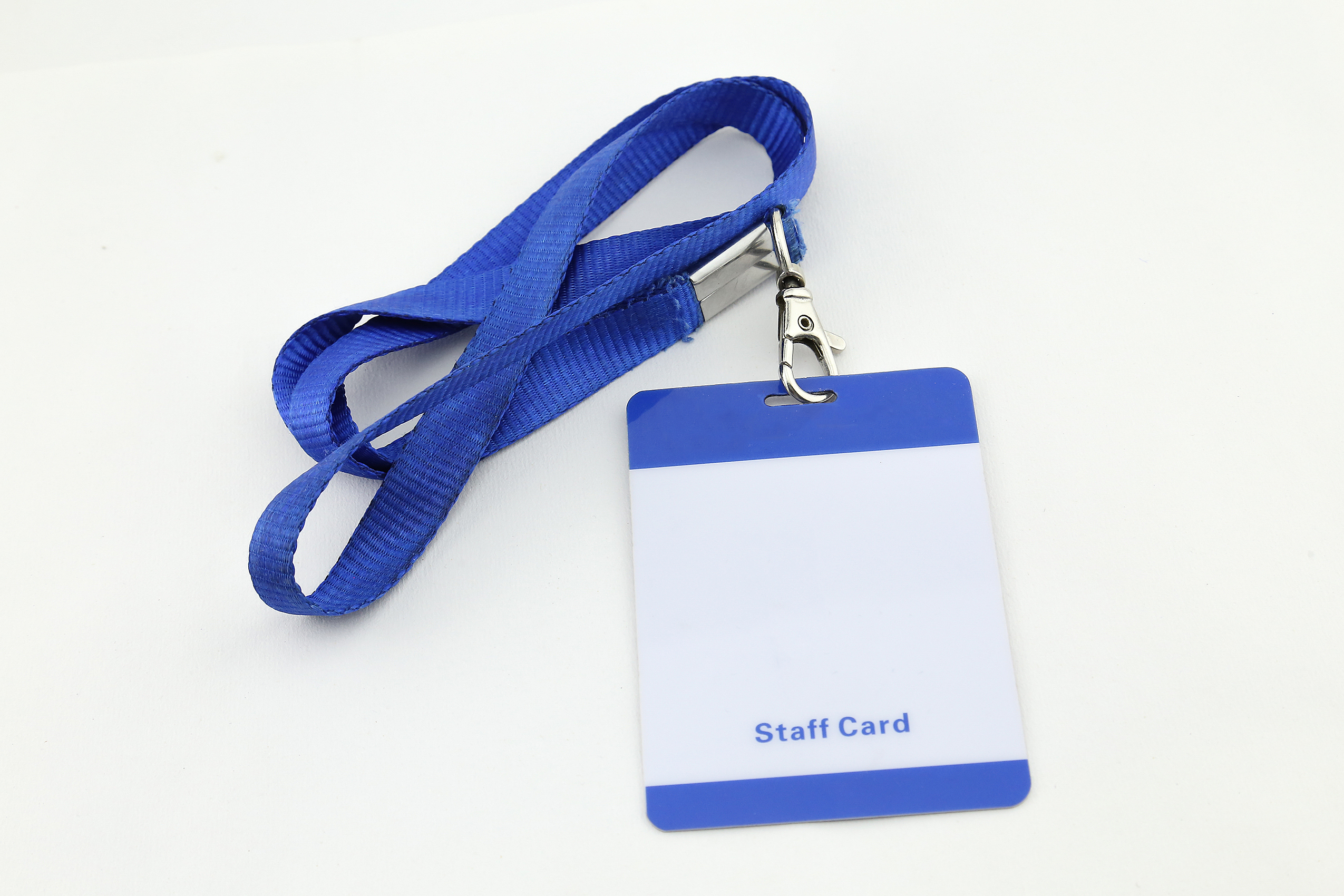
In spite of how long lasting and durable the lanyard is, it is not indestructible. The duration of time that a lanyard can survive depends on many factors. These range from the quality of the lanyard, to its intended purpose and frequency of use.
Here are some factors to consider.
Quality of the Lanyard
The quality of a lanyard has a significant influence on its lifespan. Well-made lanyards are typically made of durable materials like nylon or polyester, which resist fraying and stretching. The weave pattern also matters, seeing as tightly woven or flat lanyards tend to endure more wear.
Quality lanyards often feature secure stitching or metal crimps – or other high-grade lanyard clip – for added strength. In addition to this, any branding, printing or embroidery is usually of high quality to resist fading and wear. In all, investing in a high-quality lanyard ensures that you are served well for a decent period of time.
Intended Use

If you’re using a lanyard around your neck for light tasks, such as holding an ID badge, it might last longer than if you’re using it for heavier items. Heavy items could put more strain on the lanyard which could cause it to wear out faster. Indeed, minimal strain on the material and attachment points means less wear and tear over time.
However, if you use lanyards to carry bigger items like key bunches or, say, heavier flashlights, chances are it will begin to show signs of stress.
So, consider the weight of the items you intend to attach to the lanyard and choose a lanyard well-suited for that purpose. If your intended use involves heavier items, opting for lanyards with stronger materials, reinforced stitching and secure attachment points can help prolong their lifespan.
Maintenance
Regular care can indeed extend the lifespan of your lanyards. For one, avoid exposing it to excessive sunlight, moisture or harsh chemicals. Sunlight for instance, can cause fading and weakening of materials, while moisture can lead to mold, mildew or rust on attachment points.
If the lanyard becomes dirty, remember to clean it gently to avoid damaging the material. Proper storage of lanyards when not in use is also vital. Hanging the lanyard or storing it in a cool, dry place can help prevent tangling or deformation.
Inspection

Regular inspection is a crucial aspect of ensuring the safety and longevity of your lanyard. It helps you identify signs of wear and tear that might compromise the lanyard’s functionality. Look for frayed edges, loose threads or weakened attachment points where items are secured. And if you notice any substantial damage that compromises the lanyard’s strength or functionality, it might be time to fetch yourself a new one.
Weak attachment points are particularly concerning, as they could lead to items like ID badges or keys unexpectedly detaching and getting lost. With safety of breakaway lanyards this is a particularly big deal. This is because a strong or weak anchor point could be the difference between life and death.
Furthermore, if the lanyard’s branding, logos or printing is starting to fade, this can also affect its visual appeal. This often indicates that the lanyard is nearing the end of its usable life.
Personal Preference
Personal preference often plays a role in how long you should use a lanyard. Some individuals may choose to switch out lanyards periodically to match different outfits, reflect current interests or align with new branding. Personal preference might also mean replacing a lanyard simply for a fresh look, even if the existing one is still functional.
Remember, if you’re using lanyards for professional purposes, such as displaying a company logo or representing an organization, you should update it when the branding changes.
There isn’t, of course, a specific timeframe that universally dictates when you should stop using a lanyard. It’s always best to use your judgement, in keeping with some of these factors. As always, if your lanyard begins to show signs of wear or doesn’t securely hold your items anymore, it’s a good indication that it might be time for a replacement.
Where to Find a Custom Lanyard

Have you inspected your lanyard and notice some wear and tear, then your are indeed due for a new one. Luckily, there are lanyards of every type and style sure to meet your needs. Be they average length – or standard length lanyards – or lanyards built for more strenuous duties, sites and merchants that sell lanyards have you covered.
That’s the beauty of custom lanyards. There’s something for everyone!
